Space
Sign up for our newsletter
We summarize the week's scientific breakthroughs every Thursday.
-
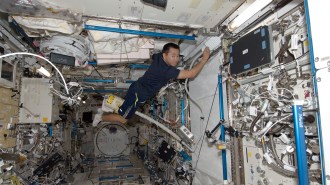 Space
SpaceThe International Space Station lacks microbial diversity. Is it too clean?
Hundreds of surface swabs reveal the station lacks microbial diversity, an imbalance that has been linked to health issues in other settings.
-
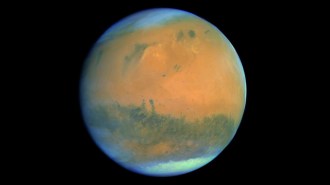 Planetary Science
Planetary ScienceAncient Mars wasn’t just wet. It was cold and wet
Mars may once have held enough water to fill oceans and form coastlines. The planet’s red dust contains water and likely formed in cold conditions.
By Skyler Ware -
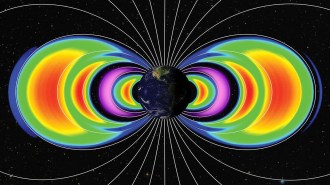 Space
SpaceEarth had new, temporary radiation rings last year
Two bands of radiation called the Van Allen belts encircle Earth. After a May 2024 solar superstorm, two more showed up between those belts.
-
 Physics
PhysicsA weird ice that may form on alien planets has finally been observed
High-pressure experiments generated the first direct observation of plastic ice, which has qualities of both crystalline ice and liquid water.
By Nikk Ogasa -
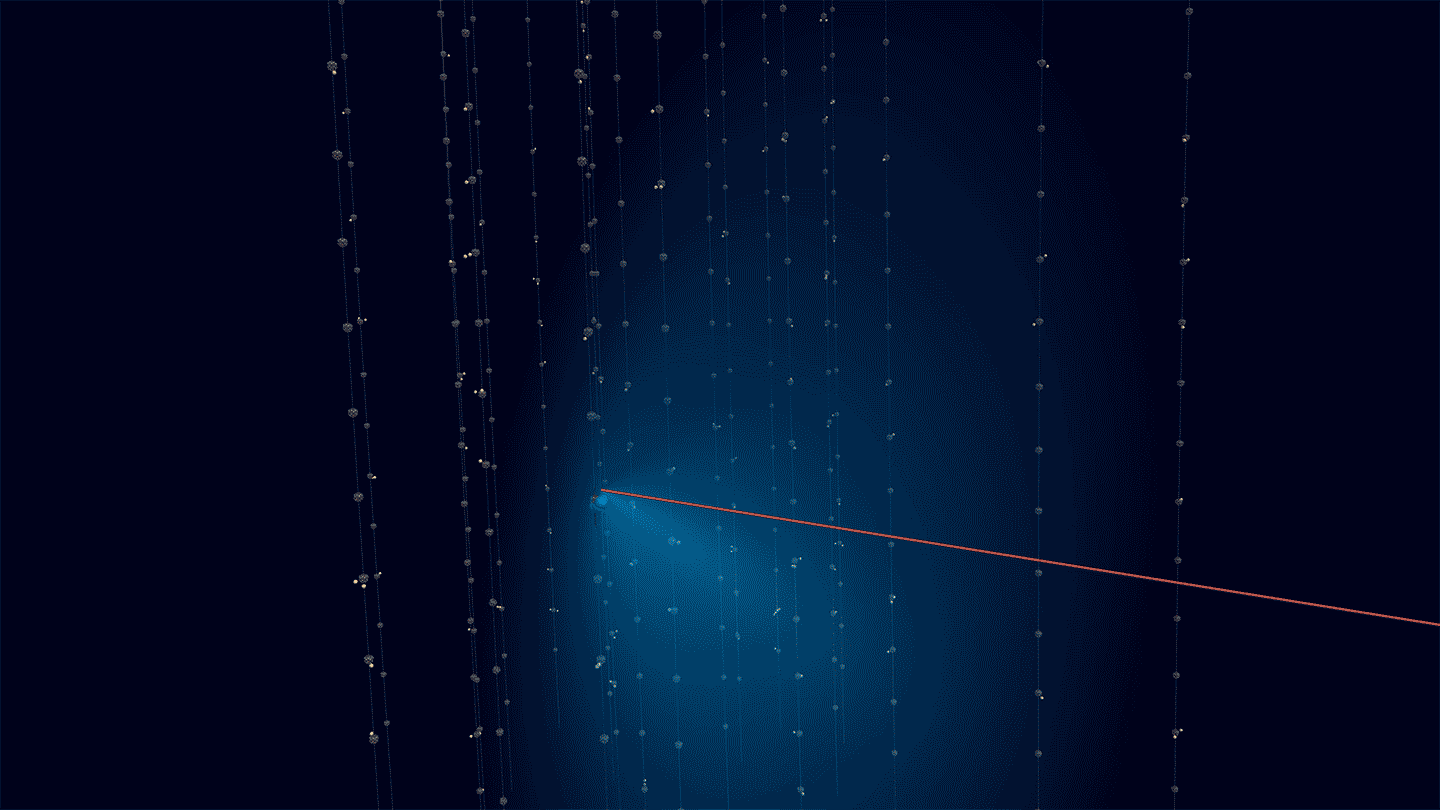 Physics
PhysicsA cosmic neutrino of unknown origins smashes energy records
A deep-sea detector glimpsed a particle with 220 million billion electron volts of energy — around 20 times as energetic as any neutrino seen before.
-
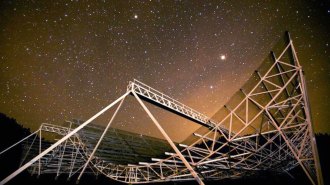 Astronomy
AstronomyA fast radio burst from a dead galaxy puzzles astronomers
A blast of radio waves from the outskirts of an ancient galaxy challenges theories about what creates such bursts.
-
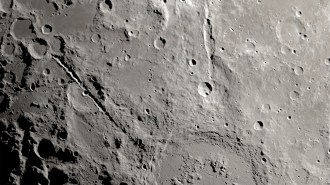 Planetary Science
Planetary ScienceThe moon’s two grand canyons formed in less than 10 minutes
Two gargantuan canyons on the moon were carved by a hailstorm of rocks — and that’s good news for future lunar astronauts.
-
 Earth
EarthAncient rocks reveal when rivers began pouring nutrients into the sea
Rivers began pumping weathered material into the sea about a billion years after Earth formed, suggesting continents may have gotten an early start.
-
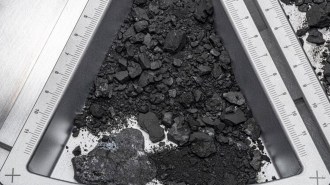 Space
SpaceLife’s ingredients have been found in samples from asteroid Bennu
Samples from NASA’s OSIRIS-REx mission show the asteroid Bennu had organic molecules and minerals and possibly salty water and other life ingredients.
By Adam Mann -
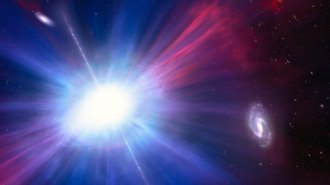 Astronomy
AstronomyA cosmic ‘Platypus’ might link two astronomical mysteries
A flash of light called the Platypus has hallmarks of a mid-sized black hole shredding a star and a type of burst thought to be a stellar explosion.
-
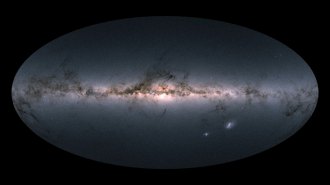 Astronomy
AstronomyGalactic chaos at cosmic noon may have stunted Milky Way planet formation
High radiation during a time of frenzied star formation in the Milky Way left one stellar population with few chances to form planets, a study reports.
-
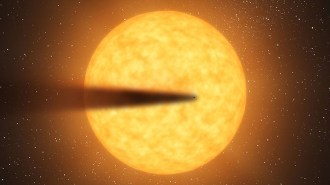 Planetary Science
Planetary ScienceA crumbling exoplanet spills its guts
Astronomers have determined the internal composition of a distant, disintegrating planet for the first time.